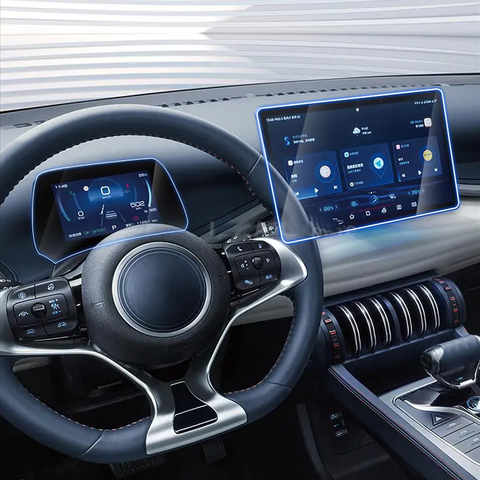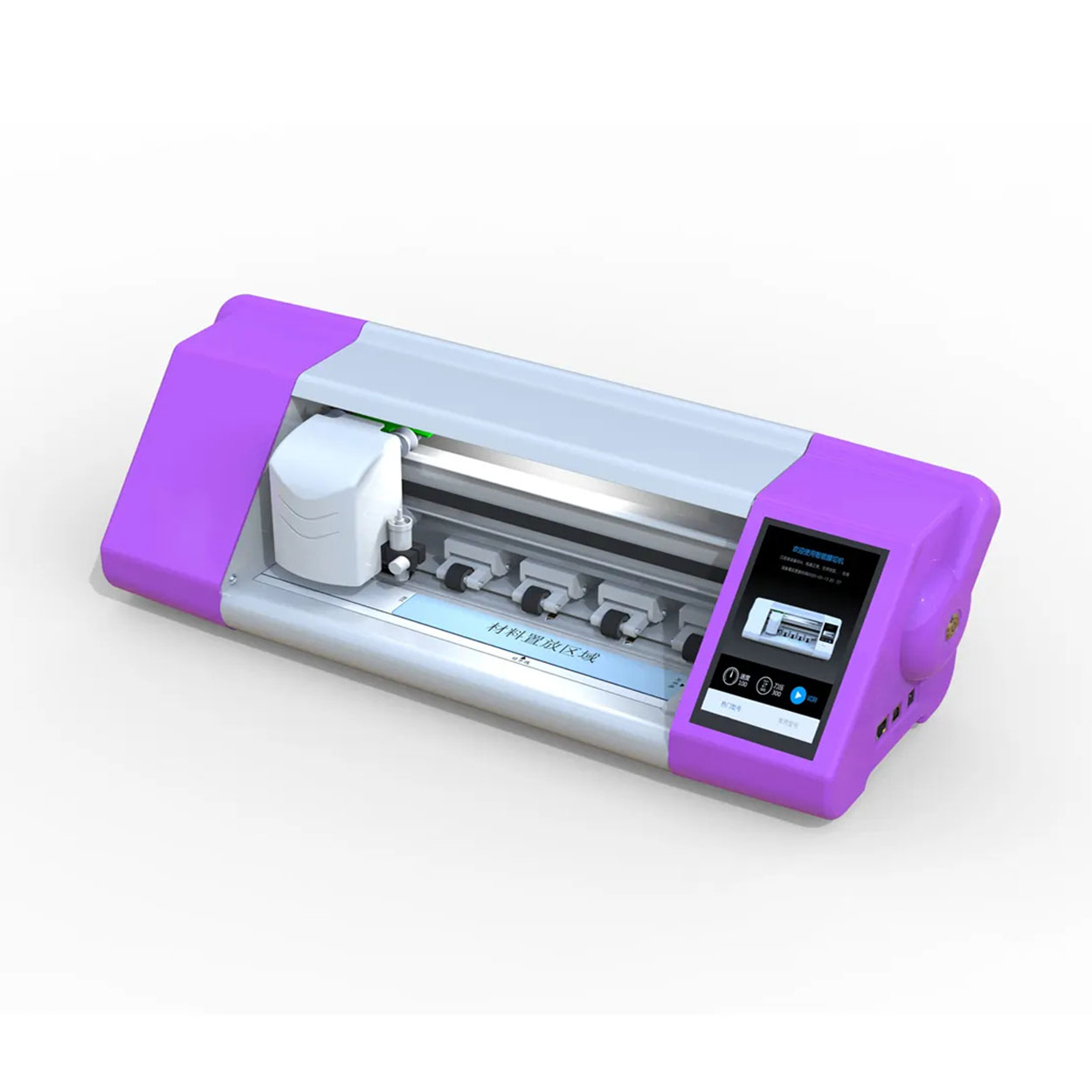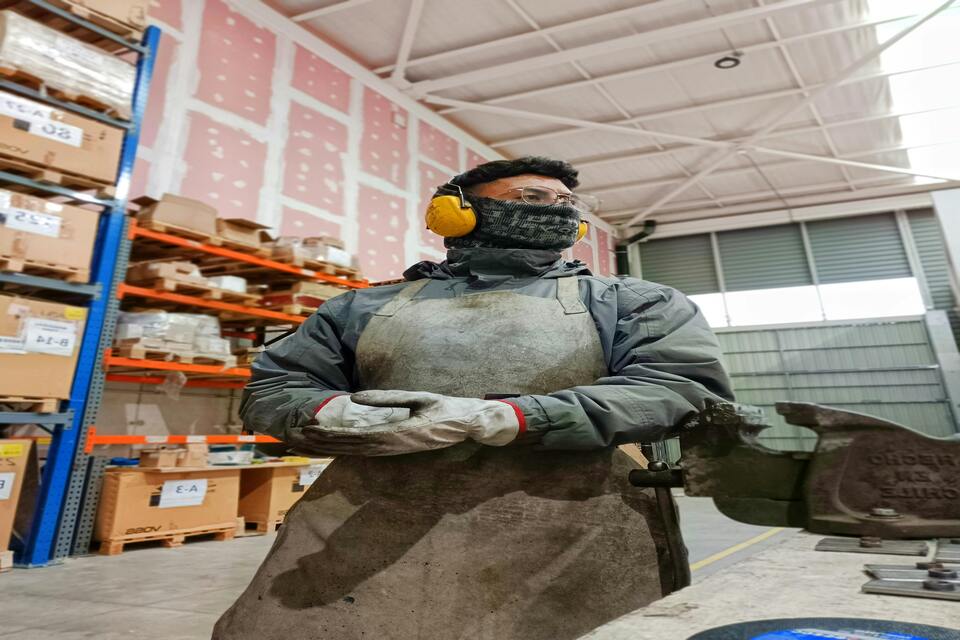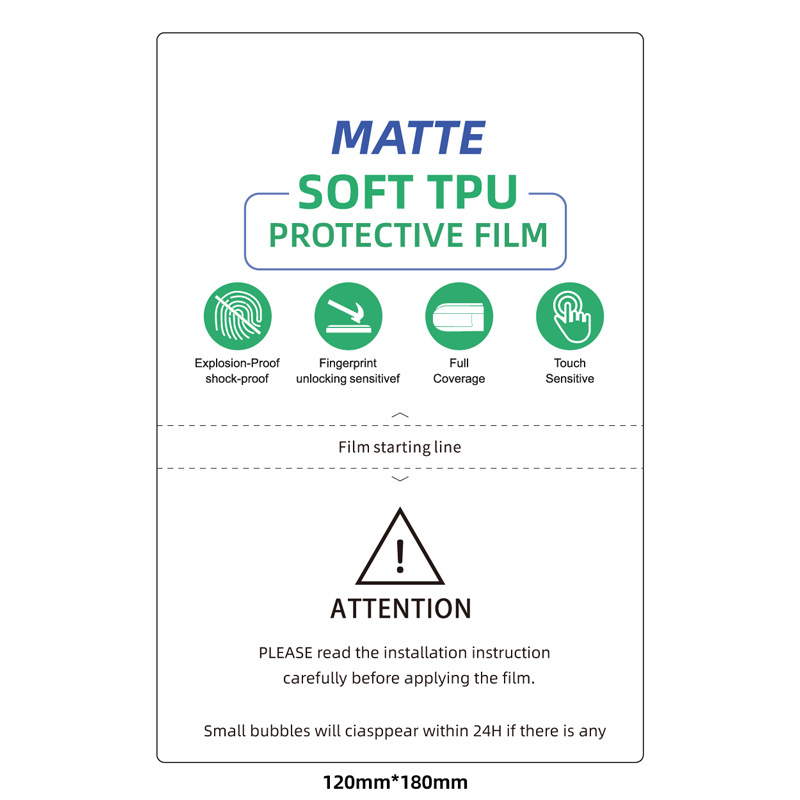
The impact of technological progress on the price of mobile phone screen protectors
Table of Contents
Extract
Summary
The impact of technological progress on the price of mobile phone screen protectors is a multifaceted topic that explores how advancements in materials and manufacturing techniques have transformed this market. Initially serving as simple protective layers for early mobile devices, screen protectors have evolved alongside mobile technology, becoming essential accessories that enhance user experience by providing features like scratch resistance and privacy filtering. As mobile devices transitioned from basic communication tools to multifunctional smartphones, the demand for more advanced and durable screen protection surged, driving innovation and complexity in the product offerings.
. Technological advancements have significantly influenced the cost structure of screen protector manufacturing. Innovations in materials science, such as the development of tempered glass and synthetic coatings, have improved product durability while reducing production costs. Furthermore, modern manufacturing processes, including automation and supply chain optimization, allow companies to operate more efficiently, which has led to lower retail prices for consumers.. The market dynamics are also shaped by changing consumer behaviors and expectations. A growing emphasis on personalization and customization has prompted manufacturers to adapt their pricing strategies, introducing value-based pricing models that cater to evolving consumer preferences. Additionally, the competitive landscape is becoming increasingly crowded, with new entrants driving prices down and encouraging continual product innovation to maintain market share.. Despite these advancements, the industry faces challenges from economic fluctuations and global trade tensions that could impact pricing dynamics and market growth. As manufacturers strive to balance innovation with ethical considerations, the future of mobile phone screen protectors appears complex yet promising, with potential shifts towards smart and adaptive solutions that respond to consumer needs in real-time..
Historical Context
The evolution of mobile phone technology has significantly influenced the market for screen protectors, transitioning from basic offerings to advanced protective solutions. The initial mobile phones, known as “brick phones,” were large and predominantly served the function of voice communication, leading to a simple protective accessory landscape
. However, as mobile technology advanced through the 1980s and 1990s, the emergence of smaller, more portable devices necessitated a shift in the design and functionality of screen protectors. During this period, the introduction of features such as the Short Message Service (SMS) and basic games transformed mobile phones into multi-functional devices, increasing the demand for enhanced screen protection due to their more intricate displays and interfaces. As manufacturers like Nokia and Motorola popularized mobile phones, the need for durable screen protection grew, resulting in the development of more sophisticated materials and technologies. In recent years, advancements in material science have revolutionized the capabilities of screen protectors, shifting their role from mere protective layers to essential enhancements for user experience. Today’s screen protectors are engineered from robust materials such as tempered glass and synthetic diamond coatings, offering not just protection against scratches and cracks, but also features like antimicrobial coatings and privacy filters that cater to the evolving needs of consumers. These innovations have helped shape the market, allowing screen protectors to maintain relevance as integral components of modern mobile technology. The historical journey of mobile phone screen protectors illustrates the dynamic interplay between technological progress and consumer protection needs, underscoring how advancements in one domain can drive changes in another.
Factors Influencing Price
Value-Based Pricing Strategies
In the current marketplace, value-based pricing has emerged as a crucial strategy for attracting consumers, particularly in times of financial pressure. Many consumers express a preference for pricing models that adjust based on demand or offer economy sizes, with 38% of U.S. consumers favoring brands that provide these options to offset rising costs
. A focus on understanding the pressures faced by consumers is essential for developing effective pricing strategies that foster trust and loyalty.
Consumer Demand and Spending Habits
Current trends indicate that 82% of U.S. consumers are actively seeking lower prices, with 67% reducing their overall spending
. These behaviors highlight the importance of clear communication regarding the benefits and features of products, which can positively shape consumer perception and enhance perceived value. This shift in consumer demand can directly impact the pricing of mobile phone screen protectors, as manufacturers must align their strategies to meet evolving consumer expectations.
Technological Advancements
Technological progress significantly influences the cost structure associated with manufacturing mobile phone screen protectors. Innovations in materials science and production methods have resulted in improved manufacturing efficiencies and reduced costs. For example, advancements in battery technology and the emergence of new materials, such as carbon nanotubes, allow for the creation of stronger and more efficient protective products, potentially lowering production costs
.
Shift in Manufacturing Models
The traditional value chain is being disrupted by digital infrastructure that reduces the distance between manufacturers and consumers. As manufacturing shifts towards smaller-scale local production and agile manufacturing methods, companies can respond more flexibly to market demands
. This change in production dynamics allows for reduced inventory costs and quicker time-to-market, directly influencing the pricing strategies for mobile phone screen protectors.
Customization and Personalization
As consumer preferences increasingly lean toward personalization and customization, manufacturers must adapt their pricing strategies accordingly. The merging of consumer and creator roles demands that companies provide tailored solutions, which can lead to variations in pricing based on the complexity and customization of screen protectors
. This shift not only affects the cost but also the perceived value of the products, necessitating a re-evaluation of traditional pricing models in light of consumer expectations for individualized products.
Economic Factors
Economic variables, such as labor costs and advancements in automation technology, also play a crucial role in determining the price of mobile phone screen protectors. The rise in global labor costs, combined with improvements in automation, allows manufacturers to reassess their production processes and pricing strategies. The decreasing cost of additive manufacturing presents new opportunities for competitive pricing in small production runs, thereby influencing overall market pricing dynamics
.

Market Trends
The smartphone market is experiencing significant shifts driven by technological advancements and changing consumer behaviors. As connectivity and user engagement continue to rise, the demand for mobile devices, particularly smartphones, is reshaping digital lifestyles globally
. The adoption lifecycle of the smartphone market is marked by varying penetration rates across different regions, from innovators to laggards, indicating a diverse landscape of consumer readiness and preferences.
Consumer Behavior Changes
Recent research highlights substantial shifts in consumer behavior, particularly a growing inclination towards purchasing products via social media platforms
. This trend underscores the importance of adaptability in marketing strategies, as businesses must evolve in response to these changing purchasing patterns to effectively meet consumer needs. Furthermore, personalization and customization are becoming increasingly significant as consumers seek unique products tailored to their preferences, creating a proliferation of niche markets.
Competitive Landscape
To navigate this dynamic environment, companies are employing various strategies, including strategic alliances, mergers, acquisitions, and geographic expansion, to enhance their market presence
. An analysis of 15 key market players reveals that the competitive landscape is not only influenced by technological innovation but also by the ability of businesses to respond to emerging consumer demands. This has led to a reevaluation of product offerings, emphasizing quality and consumer engagement.
Manufacturing and Value Chain Evolution
Technological progress is also transforming traditional manufacturing processes. Barriers to entry are diminishing, enabling new market entrants to offer products once dominated by large incumbents. As manufacturers increasingly adopt agile and distributed models, the relationship between producers and consumers is evolving, leading to a shift from building inventory to creating products on demand
. This transition is redefining value within the supply chain, as intermediaries that once held inventory are becoming less relevant. Consequently, businesses are focusing more on roles that leverage economies of scale, such as infrastructure management and aggregation platforms, to secure growth and profitability in a competitive market.

Economic Implications
Technological progress has significant implications for the economics surrounding mobile phone screen protectors. The evolution of manufacturing processes and materials has led to a decline in production costs, enabling manufacturers to offer high-quality screen protectors at lower prices.
This shift is largely due to two types of technological change: productivity-enhancing innovations that improve labor efficiency and cost-reducing advancements in transportation that lower the price of imported materials. As a result, manufacturers are finding new ways to create and capture value, moving beyond the traditional model of merely improving product quality to a more complex strategy that embraces personalization and customization. Moreover, the economic landscape for screen protectors is changing as the lines between manufacturers and retailers become increasingly blurred. Many manufacturers now engage directly with consumers, which allows them to enhance customer engagement and speed to market. This shift reduces reliance on intermediaries, resulting in lower prices for end-users as the traditional distribution costs are minimized. As technology continues to evolve, the barriers to entry for new market entrants diminish, allowing smaller companies to compete effectively with established brands. This has led to an increase in niche markets for specialized screen protectors, further driving competition and innovation within the sector. In terms of investment, stakeholders must be aware of the ongoing innovation cycles within the mobile technology landscape. Investors are advised to identify which manufacturing processes and technologies are generating value and to assess the competitive positioning of companies in this rapidly changing environment. As the market matures, companies that can adapt their strategies to align with consumer demand for smarter and more personalized products will likely emerge as leaders, influencing pricing dynamics across the industry. Thus, technological advancements not only reshape production capabilities but also redefine market relationships, pricing strategies, and ultimately the consumer experience within the mobile accessory market.
Case Studies
Innovation in Screen Protection Materials
Emerging materials are set to transform the screen protector market, moving beyond traditional tempered glass. Tempered glass, while effective due to its scratch resistance and shatterproof qualities, has limitations such as added weight and susceptibility to shattering from high-impact drops.
New materials are being developed to address these issues, promising to create lighter, more flexible options that can withstand impacts better than their predecessors.
Financial Implications of Innovations
A comprehensive analysis of innovations in the screen protector sector involves evaluating both user metrics and financial outcomes. For instance, a process innovation aimed at reducing operational costs led to a 20% cost reduction within six months, as evidenced by tracking pre- and post-implementation expenses.
This quantitative data was supplemented by qualitative feedback from cross-functional teams, which contributed to a culture of continuous improvement in the innovation process.
Case Study: Adoption of Advanced Materials
Advanced materials are expected to fuel the emergence of multi-billion dollar industries, including the screen protector market. A report from the President’s Council of Advisors on Science and Technology highlights that advancements in materials science, particularly with composites, will enable broader application and lower costs, allowing these innovations to penetrate the market more effectively.
The combination of improved manufacturing processes and lower costs will likely lead to the widespread adoption of advanced materials in screen protection.
Market Transformation and Consumer Behavior
The impact of new materials extends beyond product functionality to consumer preferences. Research has shown that the physical properties of technological devices can influence consumer choices. For instance, experimental studies indicated that consumers using touchscreens focused more on tangible attributes of products, affecting their decision-making process when selecting screen protectors.
As screen protectors evolve with emerging materials, consumer interactions with these products may also change, leading to new trends in purchasing behavior.
Lessons from Past Innovations
The journey of innovation often includes risks that do not yield the expected results. One approach to mitigating such risks involves aligning new ideas with strategic company goals and conducting thorough market research to understand consumer needs.
By employing methods such as SWOT analysis and rigorous data evaluation, companies can better navigate the challenges associated with the introduction of new materials in the screen protector market. The lessons learned from both successful and unsuccessful innovations contribute to an evolving landscape where technology and consumer preferences continually intersect.

Future Outlook
The future of mobile phone screen protectors is expected to be significantly influenced by ongoing technological advancements. Innovations in material science are set to enhance the durability and functionality of screen protectors, making them more effective against impacts and scratches. Emerging materials, such as electroactive polymers and thermal bimetals, offer promising features like adaptability to environmental changes, potentially leading to the development of smart screen protection solutions that respond to varying conditions
. Investment in digital technologies is anticipated to create new opportunities for the screen protector industry, contributing to productivity growth and the evolution of consumer demands. As more consumers seek personalized and customizable solutions, the market for niche screen protectors is likely to expand. This shift could encourage manufacturers to rethink traditional mass-production approaches in favor of tailored offerings that align with individual preferences. However, the industry also faces challenges stemming from global trade tensions and economic disruptions. These factors could impact the growth trajectory of mobile technology and related markets, including screen protectors. Companies will need to adapt to rapidly changing market dynamics and invest in innovation to stay competitive. The combination of technological progress and shifting consumer expectations indicates that the future of mobile phone screen protectors will be both complex and full of potential, with a need for manufacturers to balance innovation with ethical and environmental considerations.
Technological Innovations and Pricing Dynamics
Advances in Manufacturing Techniques
Technological progress has significantly influenced the production methods for mobile phone screen protectors. Innovations such as automated manufacturing processes and improved material science have led to a reduction in production costs. For instance, the development of new polymers and glass materials has enhanced durability while keeping manufacturing expenses low, enabling companies to offer high-quality products at competitive prices
.
Supply Chain Optimization
The integration of advanced logistics and supply chain management tools has also played a crucial role in price adjustments for screen protectors. Firms are increasingly leveraging data analytics to forecast demand and manage inventory efficiently. This optimization reduces excess production and waste, leading to lower costs that can be passed on to consumers
.
Market Competition
As more players enter the mobile accessories market, particularly those specializing in screen protectors, competition drives prices down. The influx of startups and established brands has resulted in a diverse range of products catering to various consumer needs, further enhancing affordability
. This competitive landscape compels manufacturers to innovate continually, creating better products at lower price points.
Consumer Awareness and Demand
The rise of consumer awareness regarding product quality and pricing has also shaped the market dynamics. As consumers become more informed about the differences between screen protector types, such as tempered glass versus plastic, they tend to prioritize value, which encourages companies to refine their offerings and keep prices in check.
Comments

Best Mobile Phone Screen Protector Cutting Machine
Discover the future of mobile protection with our guide to screen protector cutting machines. Learn how film cutters create custom screen protectors

Benefits of Hydrogel Screen Protector
Choosing the right screen protector depends on your needs and preferences.

The impact of technological progress on the price of mobile phone screen protectors
The impact of technological progress on the price of mobile phone screen protectors is a multifaceted topic that explores how advancements in materials and manufacturing techniques have transformed this market.

Smart Privacy Screen Cutting Machines for Retailers: Boosting Customer Satisfaction
Smart privacy screen cutting machines are revolutionizing the retail industry by offering advanced technology for personalized customization, improved operational efficiency, and enhanced customer satisfaction.

Mobile Phone Screen Protector Cutting Machine
Boost your profits with our advanced film cutting machines. Ideal for phone stores, repair shops, & wholesalers. Cut perfect-fit screen protectors on-demand for any device. Contact us for factory-direct pricing!
Tags
Find All knowledge and trends from our blog, get the wholesale price and best quality from our factory.

What Film Cutting Machine and Its Application
Film cutting machines have played a crucial role in the evolution of filmmaking and various industrial processes by enabling precise cutting and splicing of film materials.

What Is a Screen Protector Cutting Machine?
A screen protector cutting machine is a specialized device designed to produce custom-fit screen protectors for various electronic devices, including smartphones, tablets, smartwatches, laptops, and monitors.

How Mobile Phone Screen Protector Cutting Machine Work?
A mobile phone screen protector cutting machine is a sophisticated device designed
to produce customized screen protectors for various digital devices with high preci
sion and efficiency.

Characteristics of Mobile Phone Tempered Glass and Mobile Phone TPU Screen Protector
Thermoplastic polyurethane (TPU) screen protectors are flexible, durable, and
self-healing plastic films designed to protect electronic device screens from
scratches, impacts, and other potential damages.

Revolutionize Device Protection with Screen Guard Cutting Machine
Whether you possess a smartphone, tablet, or smartwatch, this versatile machine accommodates a vast array of devices. It seamlessly adapts to the dimensions of your gadget, offering a custom fit that generic protectors can’t match.

Screen Protector Lifetime Warranty
A screen protector lifetime warranty is a guarantee provided by manufacturers that
promises to repair or replace a screen protector for the lifetime of the product, under specific terms and conditions.




